No Blooms On Daylilies – What To Do When A Daylily Isn’t Blooming
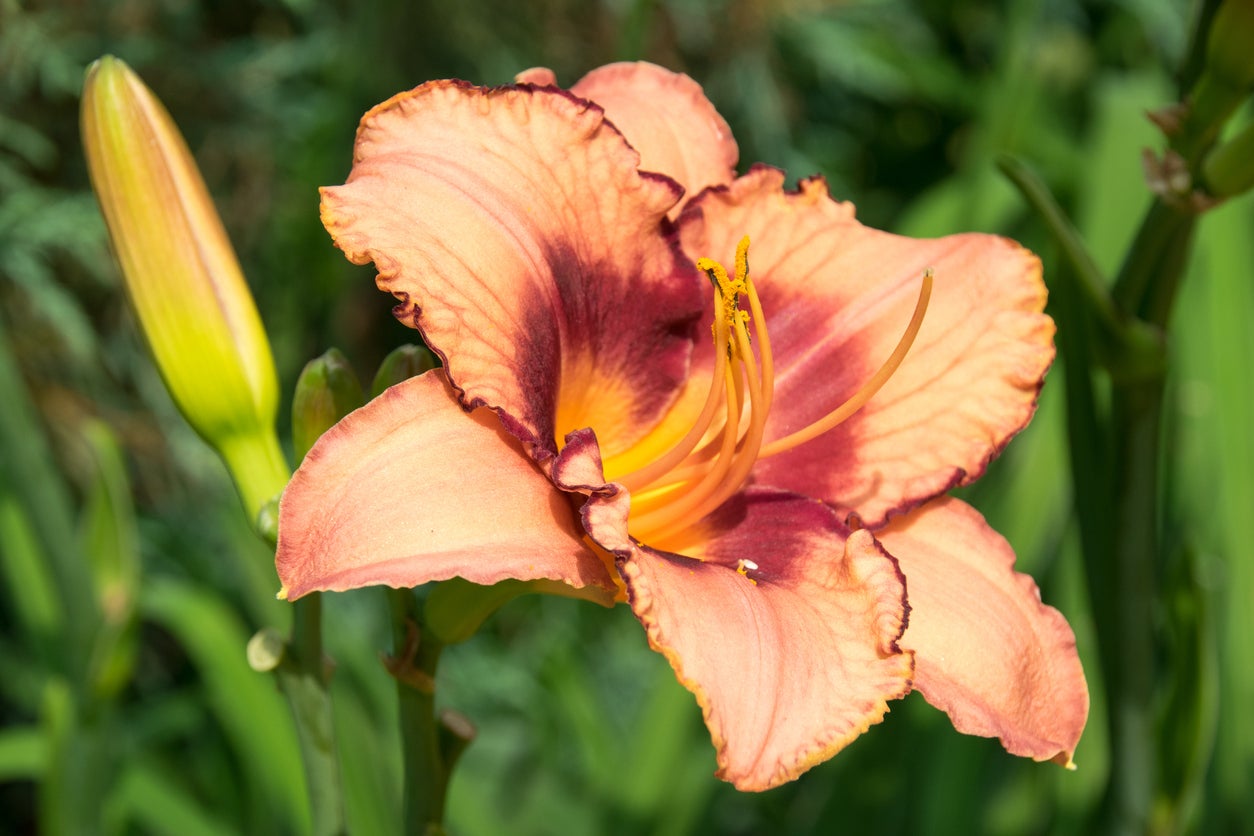

Popular in flower gardens and landscapes, daylilies are a common choice for homeowners who want to add color and curb appeal to their yards. These perennials are treasured for good reason; adapting to a wide range of growing conditions and able to withstand diverse climates, daylilies reward gardeners with vibrant blooms all season long.
As the name would suggest, each daylily flower remains open for only one day. The profusion of blooms produced on a single plant make this flower a garden favorite. That’s why a daylily not flowering can be upsetting.
Why Daylilies Won’t Flower
Finding that there are no blooms on daylilies may be quite alarming for many home gardeners. While the plants themselves can create nice visual interest in flower borders, when daylilies won’t flower, it can be rather disappointing.
If your daylily isn’t blooming, growers should first make certain that they have provided the growing conditions required for the plant to thrive. With the daylily, non-flowering can be a sign of a couple issues. Most commonly, your plant may not be receiving adequate amounts of sunlight in the garden. Plantings in partial shade may struggle to receive enough light to produce consistent blooms.
If bloom has suddenly stopped in an already established planting of daylilies, there may be yet another issue that has caused the plants to cease flowering – overcrowding. As the plants grow and multiply, the daylilies may have to compete for space and nutrients in the soil. This often results in diminished size of the plant, as well as a decrease in the number of flowers that are produced.
How to Make a Daylily Bloom
If the proper growth conditions are being met, one of the best methods to encourage blooms on daylily plants is to divide the plants. Daylilies that have become overcrowded will need to be divided and replanted elsewhere in the garden. In general, daylily plants can be divided any time throughout the growing season. However, it is best done in the spring when the daylily will be able to establish itself in its new location.
When dividing and transplanting daylilies, always make certain to bury the crown at the proper soil level. Planting daylilies too deep will also cause decreased blooming. With a spade and a pair of gardening gloves, most growers are able to promote better overall health and bloom in their daylily plants.
Gardening tips, videos, info and more delivered right to your inbox!
Sign up for the Gardening Know How newsletter today and receive a free copy of our e-book "How to Grow Delicious Tomatoes".

Tonya Barnett has been gardening for 13 years. Flowers are her passion. She has transformed her backyard into a cut flower garden, which she regularly chronicles on her YouTube channel http://www.youtube.com/@tonyawiththeflowers.
-
 Moody Blooms For Spring: 8 Types Of Black Flowers To Add Drama To Spring Displays
Moody Blooms For Spring: 8 Types Of Black Flowers To Add Drama To Spring DisplaysFrom midnight burgundies to inky violets, several types of black flowers can enrich and embolden a spring display. Try these brooding bloomers for a moody garden
By Tonya Barnett
-
 Can Snake Plants Live Outside? Everything You Need To Know For Snake Plants Al Fresco
Can Snake Plants Live Outside? Everything You Need To Know For Snake Plants Al FrescoSnake plants can live outside given the right conditions, but be careful that they don't take over! Learn the best way to use snake plants in your landscape.
By Mary Ellen Ellis
-
 Are Daylilies Edible - Can I Eat Daylilies
Are Daylilies Edible - Can I Eat DayliliesDaylilies are easy to grow and produce fantastic blooms. Their laissez faire nature and hardiness make them ideal landscaping plants. If you are a garden grazer, you may wonder, "can I eat daylilies?" And if they are, which daylilies are edible? The wonderful answer is contained below.
By Bonnie L. Grant
-
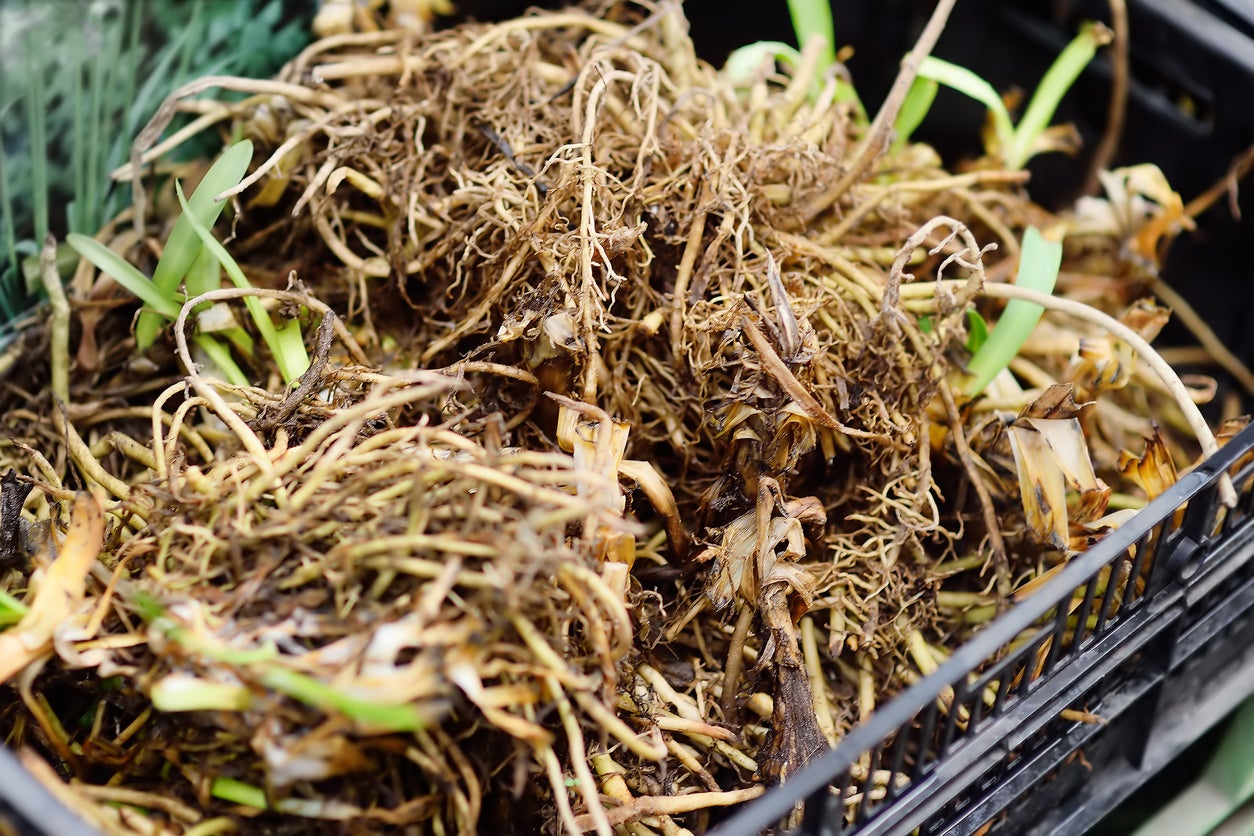 Daylily Tuber Winter Care – Learn About Overwintering Daylily Plants
Daylily Tuber Winter Care – Learn About Overwintering Daylily PlantsDaylilies are some of the toughest flowers around, but if you’re concerned about daylily plants in winter, digging and storing daylily tubers isn’t a bad idea, especially in climates north of USDA plant hardiness zone 5. Click this article to learn what to do with daylilies in winter.
By Mary H. Dyer
-
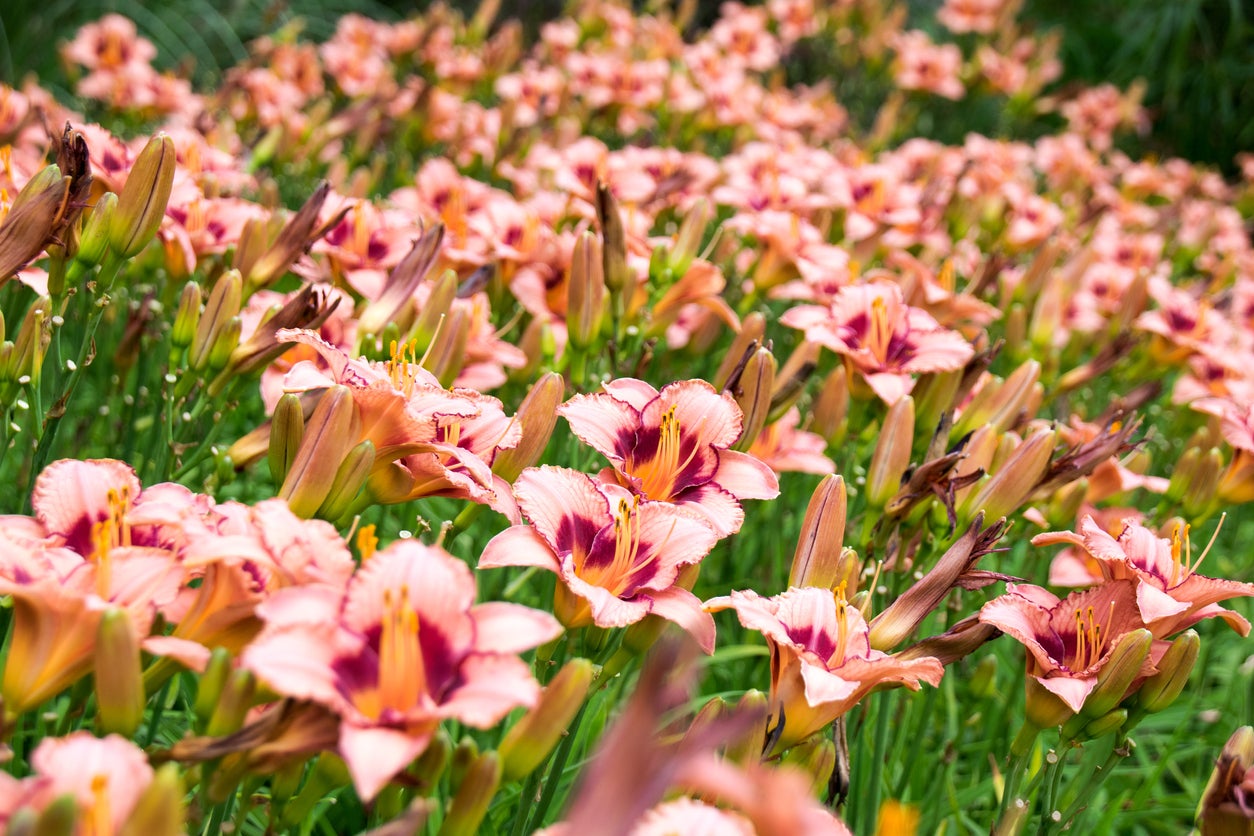 Daylily Division Guide: Learn How And When To Divide Daylilies
Daylily Division Guide: Learn How And When To Divide DayliliesDaylilies are pretty perennials with striking blooms, each of which only lasts for one day. They don’t require much care once established, but dividing daylilies should be done every few years to keep them healthy and blooming. Learn when and how to do this here.
By Mary Ellen Ellis
-
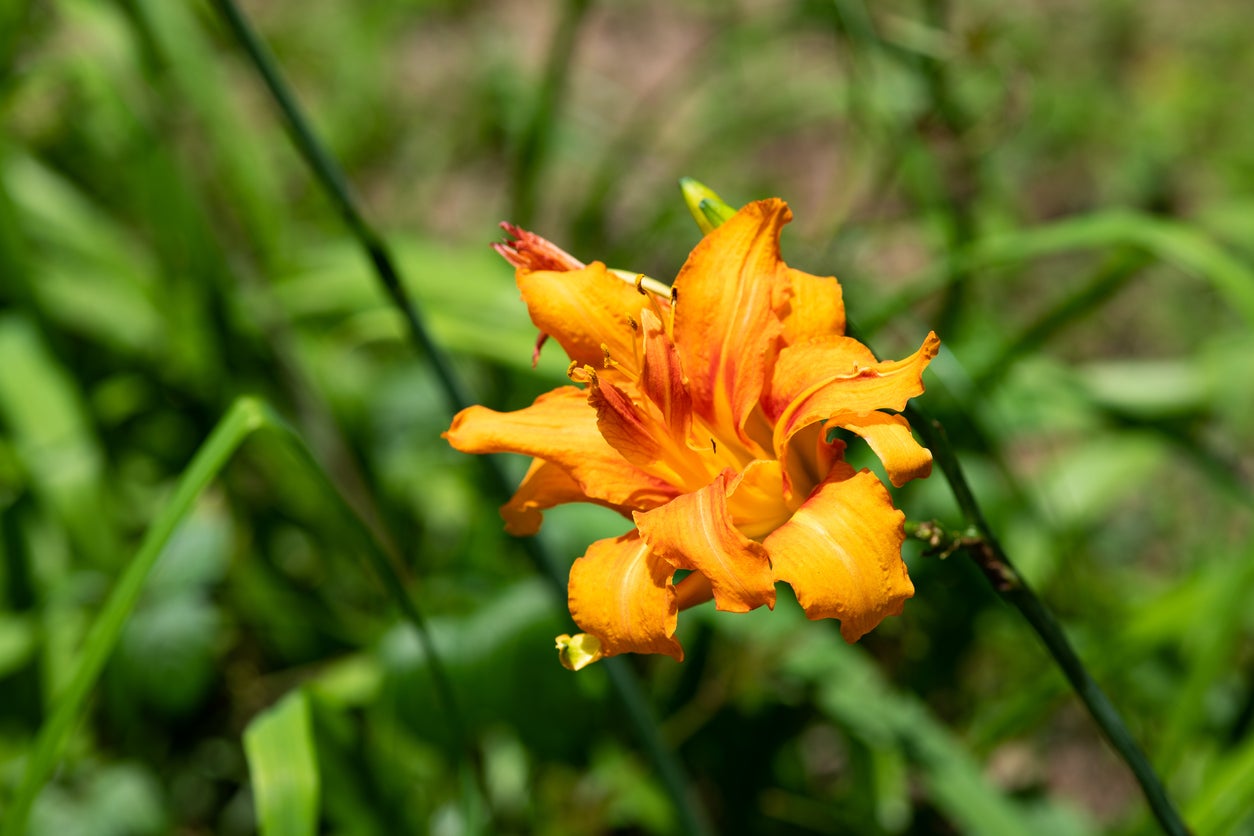 How And When To Cut Back Daylilies: Daylily Trimming Made Simple
How And When To Cut Back Daylilies: Daylily Trimming Made SimpleDaylily trimming after bloom time will keep these beauties tidy and disease-free. Trim the plants back after they bloom and before you divide them.
By Mary Ellen Ellis
-
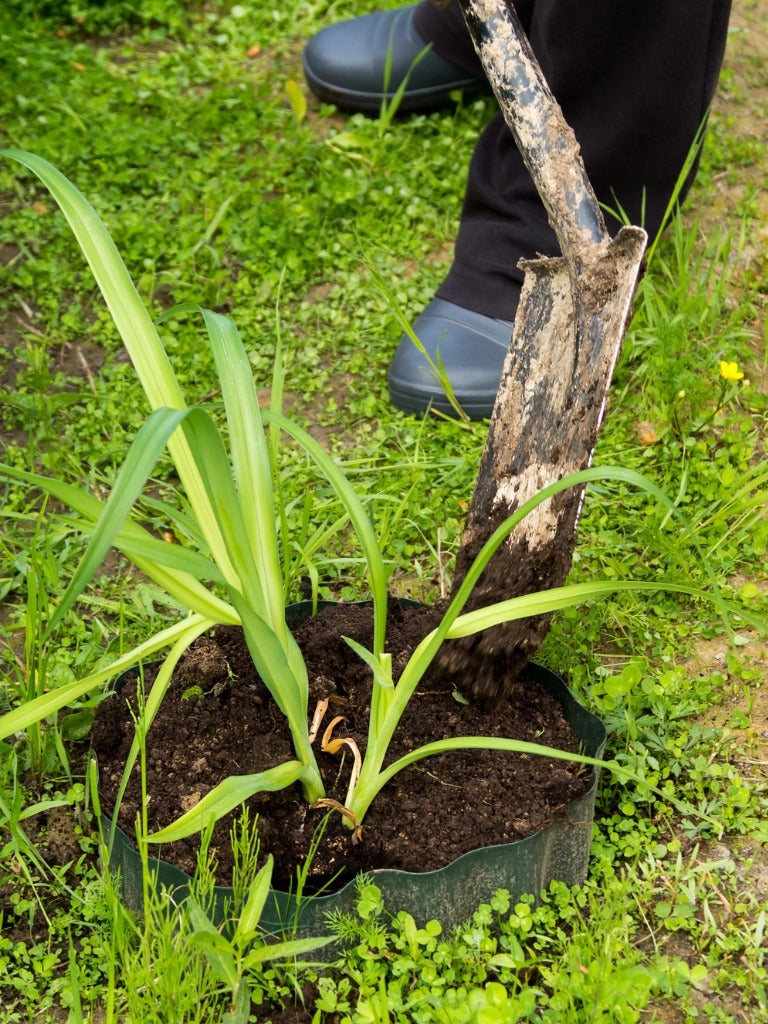 How To Transplant Daylilies: Learn About Moving Daylilies In The Garden
How To Transplant Daylilies: Learn About Moving Daylilies In The GardenDaylilies like to be divided every three to five years for optimal blooming. Moving and transplanting daylilies takes a little finesse. The following information on how and when to transplant daylilies will have you an old pro at dividing and moving daylilies in no time.
By Amy Grant
-
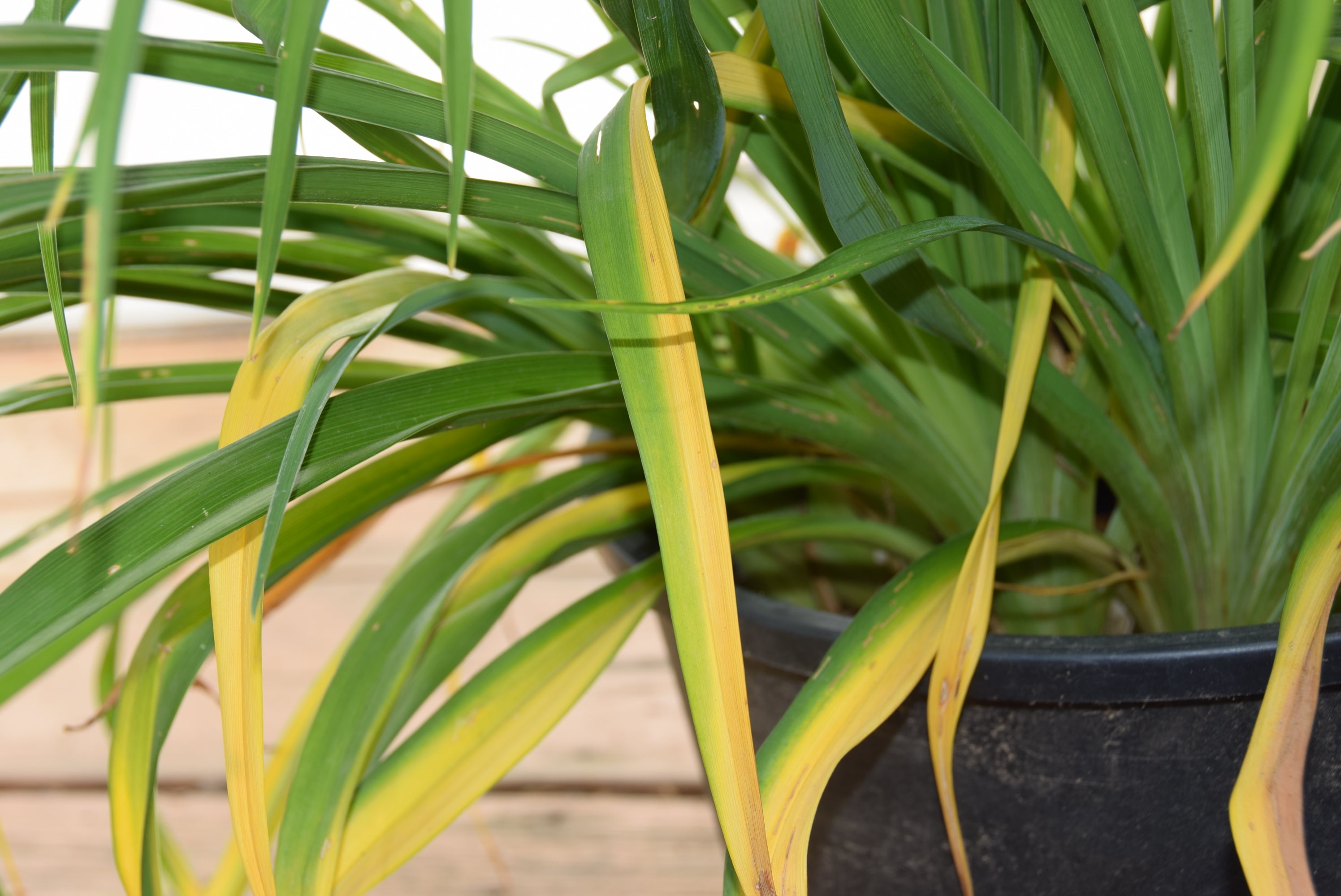 Streaks On Daylily Leaves: Learn About Daylily Leaf Streak Disease
Streaks On Daylily Leaves: Learn About Daylily Leaf Streak DiseaseDaylily plants are among one of the most popular perennial landscaping flowers. While robust, there are some issues that may cause these plants to struggle in the garden. Daylily leaf streak, for instance, can cause distress. Learn more about this disease here.
By Tonya Barnett
-
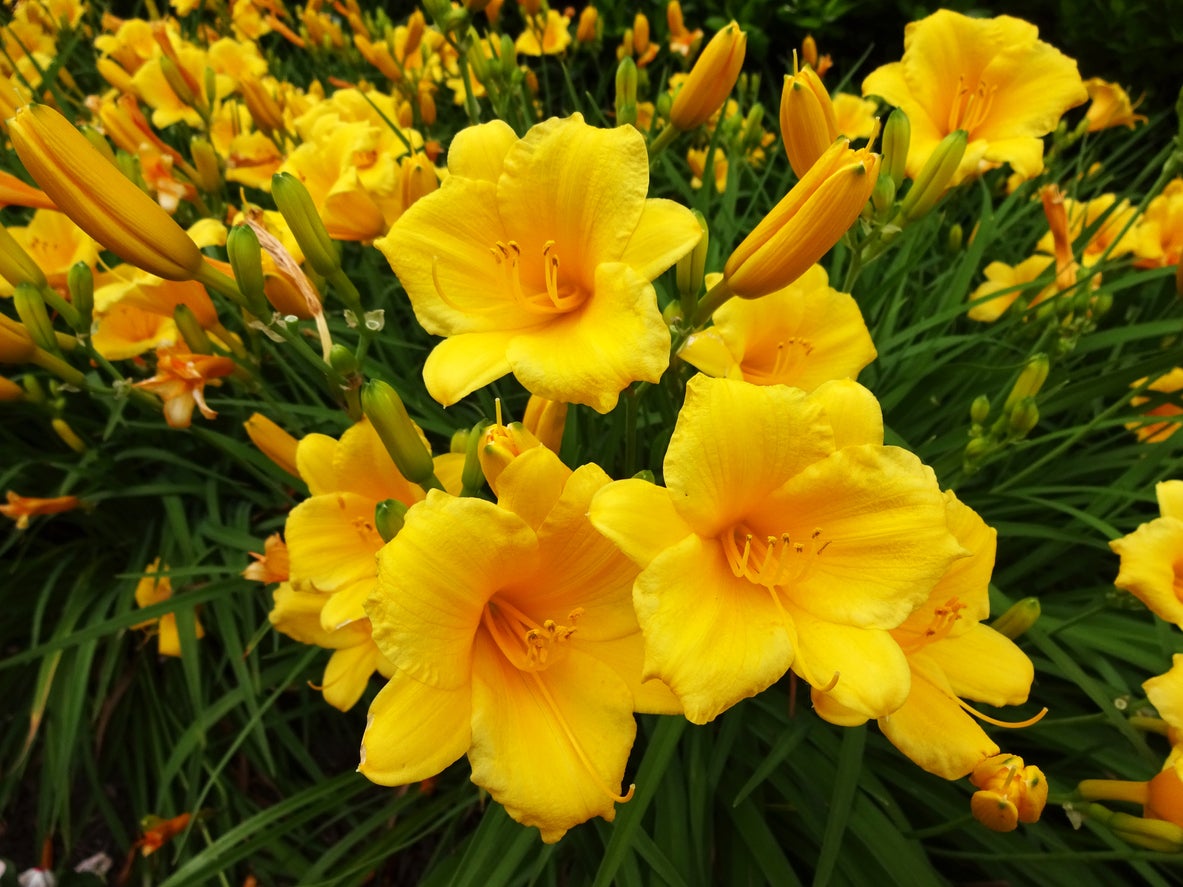 Deadheading Daylily Flowers: Is It Necessary To Deadhead Daylilies
Deadheading Daylily Flowers: Is It Necessary To Deadhead DayliliesThe daylily plant will only bloom for one day. Luckily, each plant produces multiple blooms that flower continuously, creating the beautiful display its growers have come to love. But what happens once the blooms fade? Is daylily deadheading necessary? Find out here.
By Tonya Barnett
-
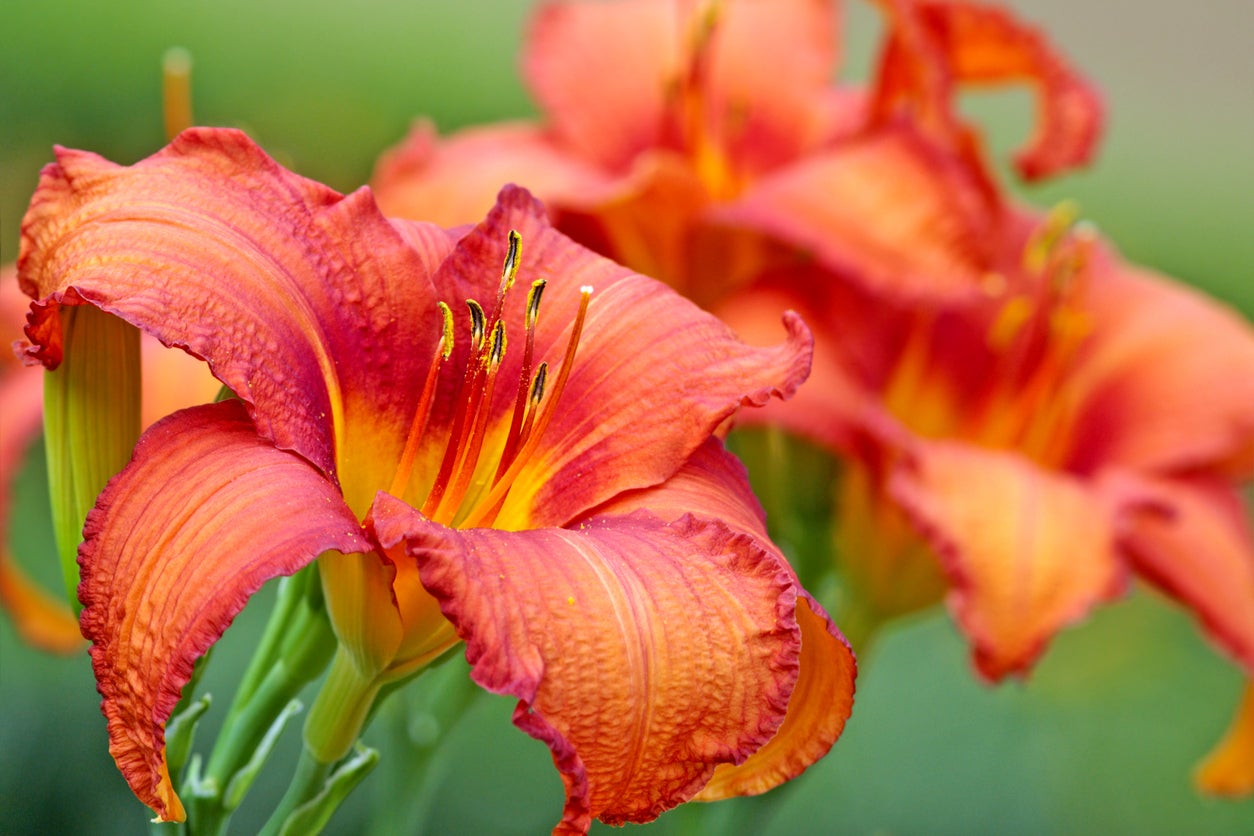 Daylily Fertilizer Needs – How To Fertilize Daylilies
Daylily Fertilizer Needs – How To Fertilize DayliliesDo you need to start fertilizing daylilies? That can depend on the soil. If the soil is poor, feeding these plants may help them to thrive. For more information on daylily food and tips on how to fertilize daylilies, simply click on the following article.
By Teo Spengler